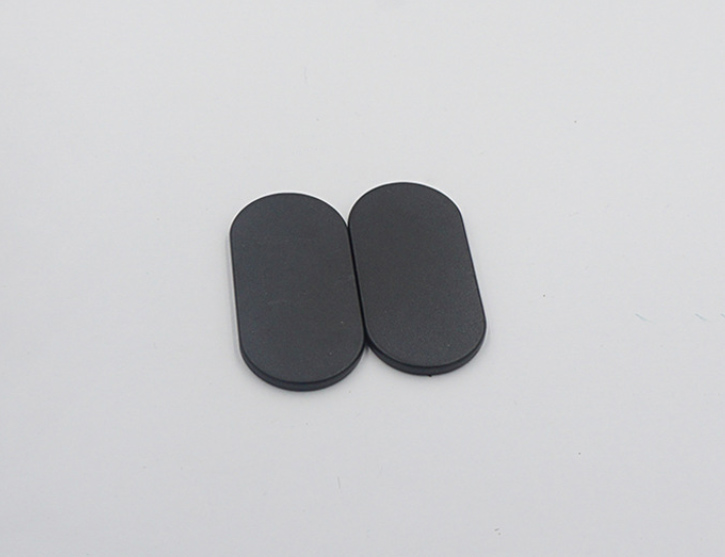Sintered NdFeB is a high-performance permanent magnetic material, known for its high remanent magnetization, high coercivity and high magnetic energy product. However, as a brittle material, the mechanical properties of sintered NdFeB are different from those of other metal materials, and the following is an introduction to the mechanical properties of sintered NdFeB.
Before we go any further, let's understand what the mechanical properties of a material are. Mechanical properties of materials generally include strength, hardness, plasticity and toughness. These mechanical properties have different physical meanings. Strength is the maximum ability of a material to resist damage from external forces. Hardness refers to the ability of the material to locally resist hard objects pressed into its surface, is to compare the hardness of various materials index. The higher the hardness, the greater the ability of the metal to resist plastic deformation. Plasticity is the ability of a solid material to resist deformation under certain external forces. Under the action of external forces, the material can be permanently deformed without being destroyed. Toughness is the ability of a material to absorb energy during plastic deformation and fracture. The better the toughness, the lower the likelihood of brittle fracture.
Oval Black Epoxy Neodymium Magnets

Mechanical properties of sintered NdFeB magnets.
Compressive strength: range: 700-1000 MPa
Tensile Strength: Range: 75-150 MPa
Flexural strength: range: 200-300 MPa
Hardness: HRC 50-60 or HV 550-650
Density: range 7.4-7.6 g/cm³
Coefficient of Thermal Expansion: Approx. 3.4 x 10^(-6)/K (at room temperature)
Sintered NdFeB magnets have a low fracture toughness of about 1 to 3 MPa-m^(1/2), indicating that they are susceptible to cracking at stress concentration sites.
The mechanical properties of sintered neodymium magnets are hard and brittle, i.e., high strength but low toughness, and almost no plastic deformation before fracture, i.e., fracture in the elastic deformation stage.
Neodymium content has an effect on the flexural strength of sintered NdFeB magnets. The experimental results show that under certain conditions, the higher the neodymium content, the higher the strength of the material.
The addition of other metal elements also has a certain effect on the strength of sintered NdFeB magnets. When a certain amount of titanium, niobium or copper is added, the impact fracture toughness of permanent magnets is improved; when a small amount of cobalt is added, the flexural strength of permanent magnets is improved.
Due to their mechanical characteristics, sintered NdFeB magnets require special attention in their application to avoid mechanical shock and excessive mechanical stress to prevent them from breaking or being damaged. In order to improve their service life and reliability, their surfaces are often coated to prevent corrosion and further improve their mechanical strength.
Other physical properties of permanent magnets;
Main physical property parameters of ferrite magnets
Bonded NdFeB Physical Characteristics and Properties DataSheet
 China Neodymium And Ferrite Magnets Manufacturer & Supplier
China Neodymium And Ferrite Magnets Manufacturer & Supplier 


